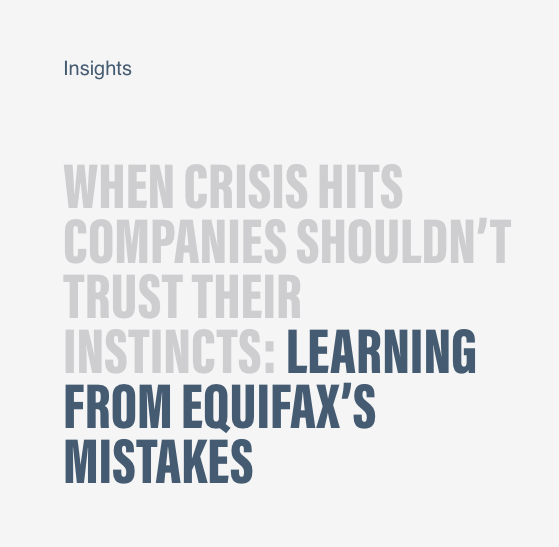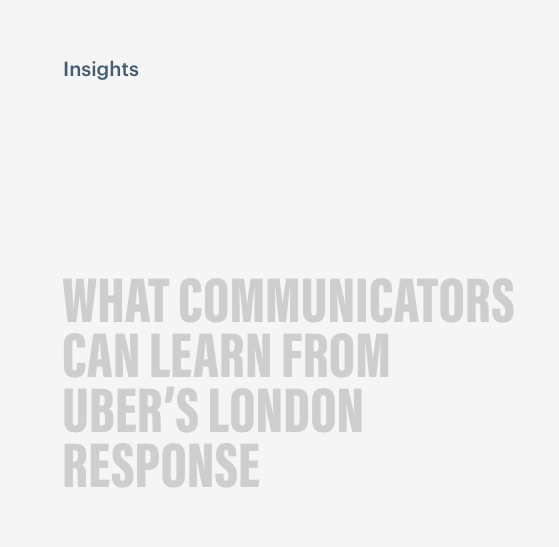Bridging the Patient-Doctor Language Gap
Ensuring what a patient says is what their doctor hears
At m+p, we operate under a simple but powerful premise: It’s not what you say that matters, it’s what they hear.
While this golden rule applies across communications – between a brand and consumers, a CEO and employees, or even between family members – we know it is critically important when it’s a conversation between a patient and their healthcare provider.
So when a client said to us, “Wouldn’t it be great if we could find a way to help patients have more effective dialogues and conversations with their doctors?” – a light bulb went off.
We often help our healthcare clients more effectively communicate to their audiences – whether that’s patients, HCPs, or both. But we also know that communication strategies don’t live in a vacuum. If we do our jobs right, the lexicon that resonates with patients – and is shared with them – is incorporated into their vernacular. Ultimately, they’ll speak those same words and phrases in a conversation with their doctor.
That begs the question: while a specific word or phrase may resonate with patients, if that’s what they say to their doctor, what does their doctor hear? What impact does each word or phrase have from their provider’s perspective? For example, does how they’re articulating the impact of their condition help promote clarity – or generate lengthy follow-up questions? Or does how they’re speaking to their goals help efficiently prompt a discussion of treatment approaches – or create an unnecessary swirl, when we know there’s such limited time in these conversations?
A new approach: Putting patients at the center of the patient-HCP conversation
With this new methodology, we start by conducting lexicon research with patients to understand the words and phrases they use themselves when talking about their disease/condition. These are robust conversations designed to understand key topics, like what they call their disease/condition, how they talk about the physical/mental/emotional impact, the cause of their disease/condition, and their treatment goals. And through both unaided and aided discussion, we share with them language stimuli to understand the specific words and phrases that speak in their language and meet them where they are.
After understanding the patient mindset, and what they gravitate toward regarding lexicon around disease, impact, and treatment goals, we then have conversations directly with HCPs. In these 1:1 conversations, we share back with HCPs the key language that resonated with patients. We set up the conversation as if they are hearing directly from a patient – what does this language prompt for them? What questions does it raise? Does it make them think that this patient is a good candidate for a specific type of treatment approach, etc.
Why it matters
This new approach allows us to better understand the moments that matter in the patient-HCP conversation, and specifically, the words that patients can use to have even more effective conversations with their doctors. In other words, both diagnosing and solving for potential disconnects in this critical conversation.
And it’s mutually beneficial: HCPs can understand the patient’s needs quicker and more effectively than before. Through this new approach, we can get a real sense of what language patients gravitate to. Then we can share that back with HCPs, to understand what that means to them… and begin to bridge the communication gap.
If you’re involved in developing patient lexicon or messaging, branded or unbranded, this is an approach you may want to consider. When you’re trying to uncover what messaging resonates with patients, remember that it’s only natural for them to mirror that language back to their HCP. This approach allows you to play more of a role in connecting the two, in a way that benefits all. Interested in learning more about this new methodology? Contact us and we’ll be happy to share more with you.








